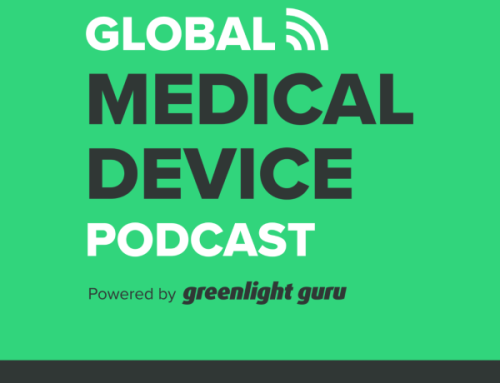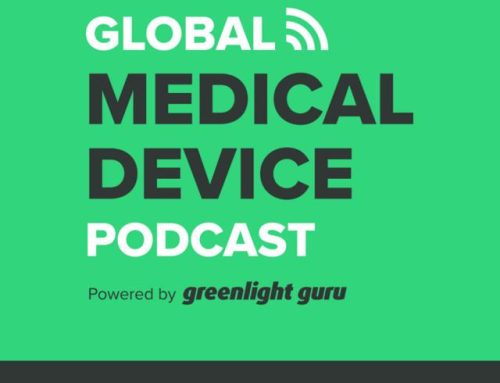Are you ready to move off your paper system? Looking for something that integrates Nonconforming Materials, CAPA and Audit processes? Trying to streamline your change control or product development documentation? Having problems with your product labeling systems?
People looking for answers to the “What software should I buy?” question abound on Medical Device and Quality forums. But too often, we see companies trying to purchase a “silver bullet” solution without knowing how many “vampires” they have or where they thrive.
Complex or simple, any software out there to handle all or part of your Quality System will not solve your underlying problems. If you have faulty, inefficient processes, you invariably configure any PLM or QMS to perpetuate them. We have yet to assess a company that didn’t have areas where information was kept in silos, and problems weren’t solved multiple times because people didn’t have easy access to other’s prior work information. Regulatory compliance is just the floor you cannot fall below in order to survive—if you want to be competitive, you have to learn the best practices in our industry for how to set up all your business systems. If you haven’t read The Case for Consiliso we encourage you to do so; this quick read provides concrete examples for how the Consiliso blueprint can quickly resolve your underlying process problems.
Surprisingly, for many activities, a lot of heavy-lifting by your IT department or consultants is totally unnecessary. Here’s a classic example: in one company, the process for labeling was too complex and resulted in constant rework or complaints. The manufacturer used multiple label stocks, thinking that printing just the part number, serial number and expiration date for each device carton label would be simplest. However, since labeling requirements change within countries with regularity, or addresses change, or any number of variables, the company had to change the label stock and carton artwork often. Operators would either set up the label printing incorrectly or choose the wrong stock because of the sheer variety. Typically, the company found or had customer-reported labeling errors every week.
The solution? After reviewing the entire labeling business process requirements (the laws, regulations, guidelines and standards in each geography) and examining the company’s process for creating, approving, and implementing new labels or changes, we re-designed the whole process for flexibility and efficiency without having to purchase a single new technology tool. We threw out the all the existing label stocks and removed all text from the cartons. In the end, the process employed controlling all the elements of each label (instead of an entire label) as a BOM structure on the existing Product Lifecycle Management (PLM) system. We switched to standard labeling stock—one for devices and one for delivery systems. For all new or changed labels, the change orders released the label design from the PLM system to the labeling printing system. The PLM system also generated all the data for the paper Traveler (aka the Device History Record or DHR) so we simply added a barcode for the correct label part number to the paper Traveler. Whenever the device lot hit the labeling step in the manufacturing process, the operator simply scanned the barcode and entered the job quantity and the serialized labels printed from the correct tray of label stock. Instead of a fancy, expensive IT solution, the paper Traveler served as the integration. All the other technology tools and processes existed within the company.
The lesson? Until you take a good look at your business processes and understand the value in architecting them for ease of use, efficiency, transparency (and of course, compliance) we can guarantee that you will not purchase the right, scaleable technology for your company and it WILL cost you more in the long run. The definitive Consiliso textbook (available for pre-order here) has an entire chapter devoted to analyzing which tools work best for the size of your company, the types of products you manufacture and the geographies in which you sell.
Another piece of advice is to not look at piecemeal technologies. Most medical device companies need a PLM system eventually. A good one that allows part and document cross links along with flexible, configurable (no programming required) workflows will also handle most of your documentation and Quality System processes. You don’t need a separate vault system, change control system, CAPA or complaints system when you have a good PLM. Soon, you will be able to see a Consiliso-configured PLM system (based on Oracle’s Agile PLM software) via the Blueprint Subscription; until then, contact us and we will be happy to arrange a consultation to discuss how Consiliso has done the bulk of the work to provide you with the integrated, efficient business process architecture that will determine (far more than your software choices) how well your company competes.




